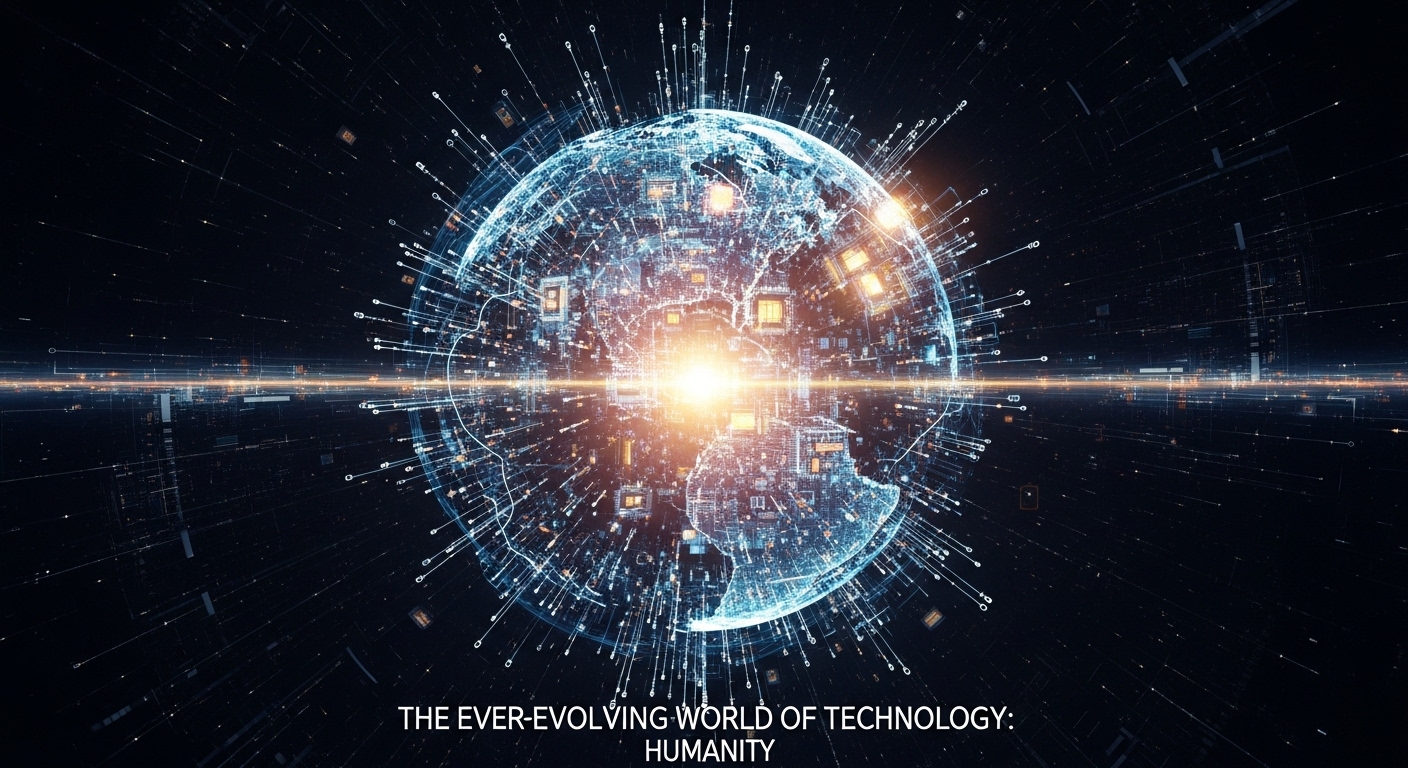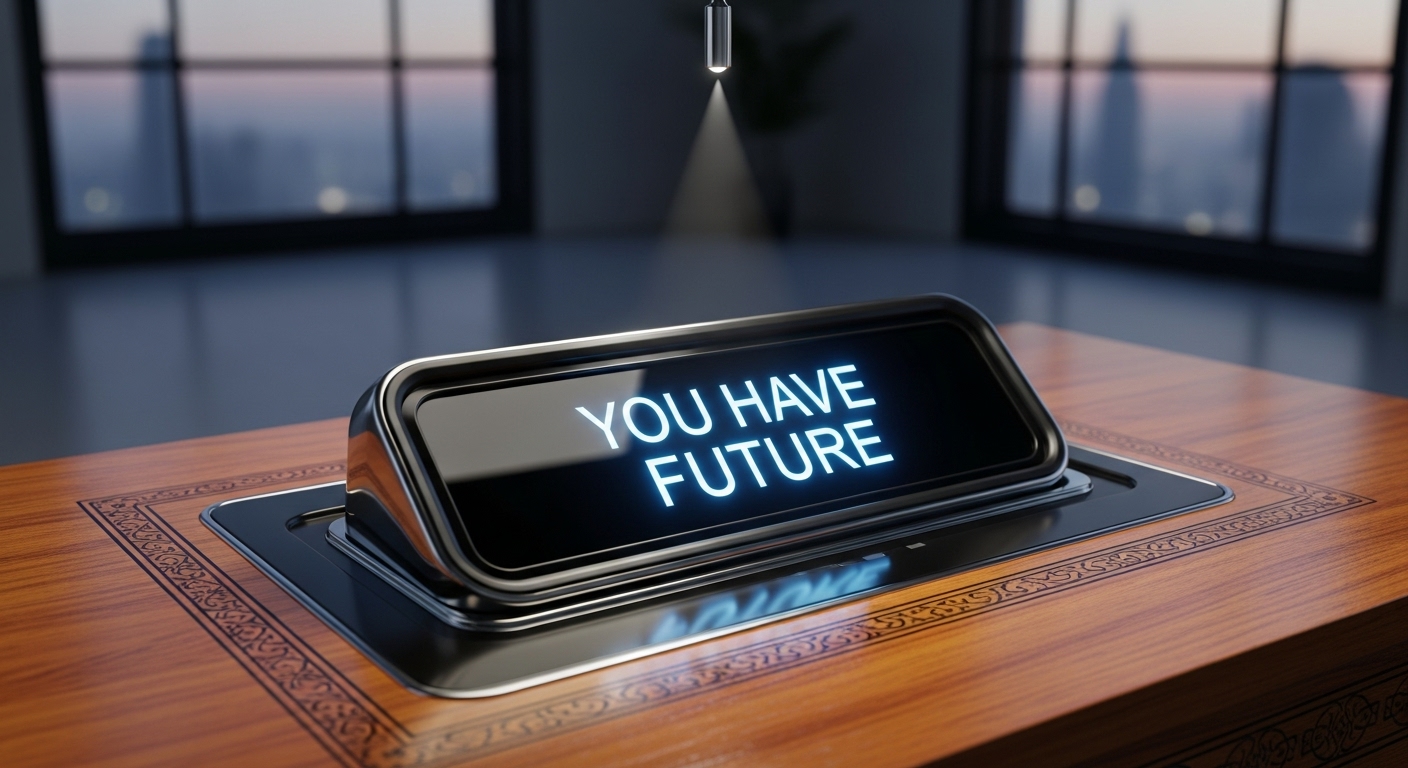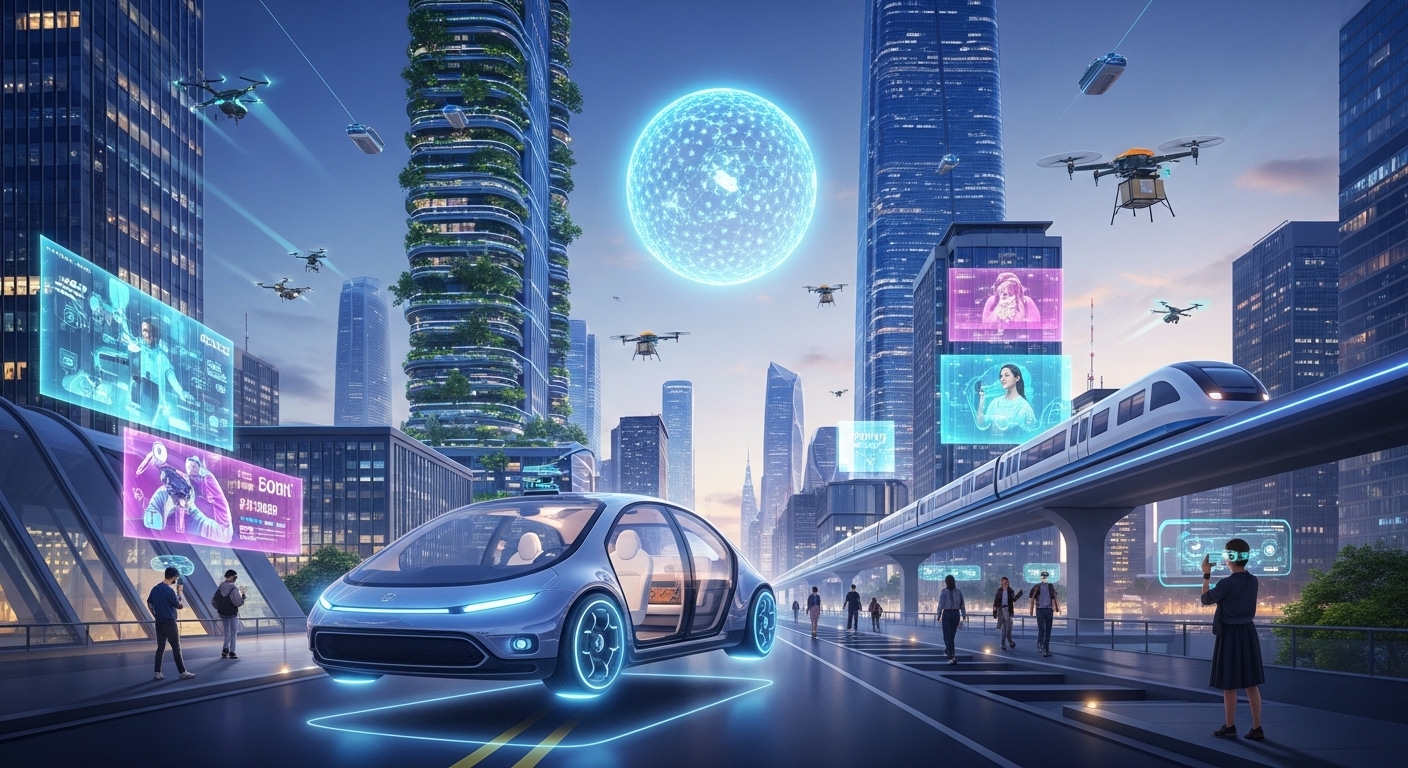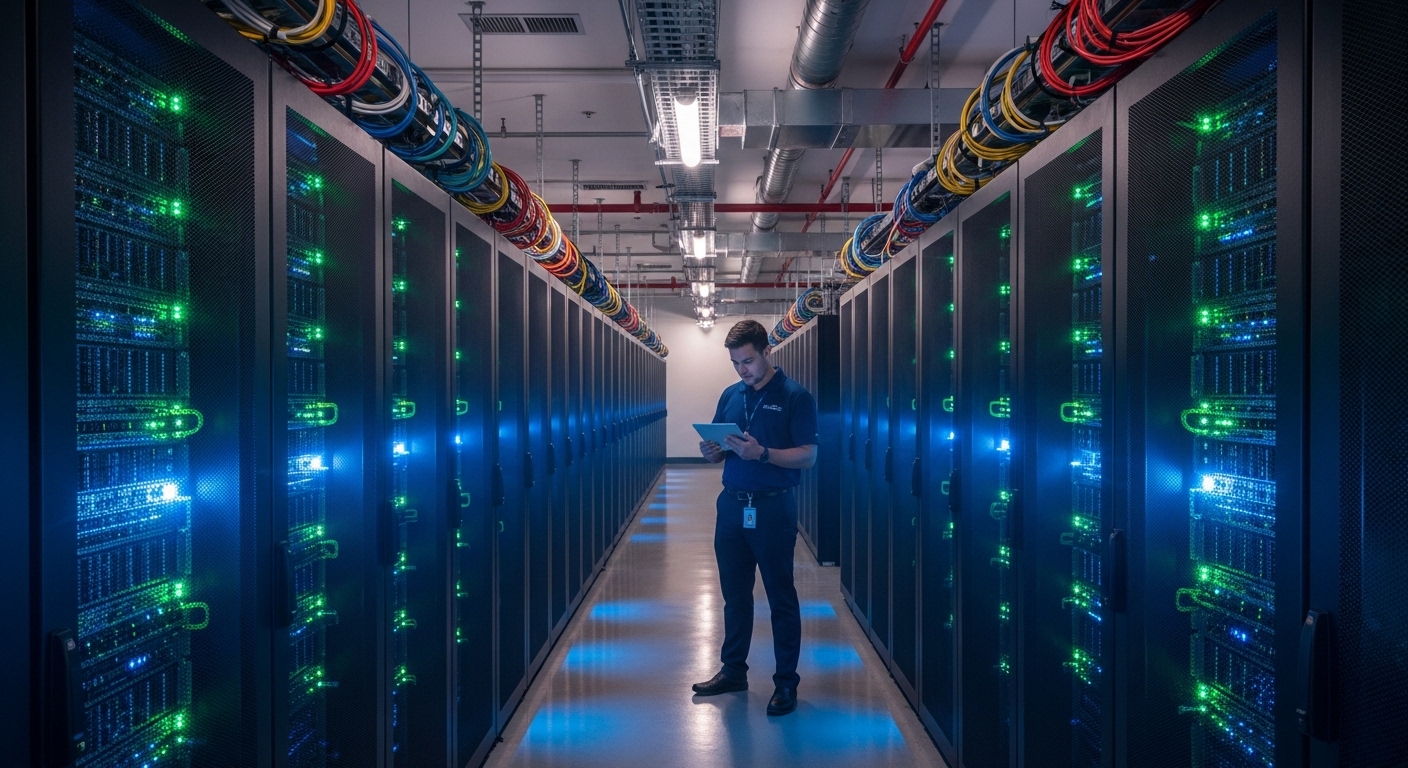Technology is the most transformative force in human history. From the invention of the wheel to the age of artificial intelligence, the story of technology is the story of progress, creativity, and adaptation. Every generation has witnessed revolutionary shifts that changed the way people live, communicate, work, and think. Today, we stand at the crossroads of multiple technological revolutions — artificial intelligence, robotics, biotechnology, and renewable energy — that are redefining our existence at an unprecedented pace.
This blog explores the vast journey of technology: its origins, milestones, challenges, and the future that awaits us in the digital age.
The Roots of Innovation: From Stone Tools to the Industrial Age
The earliest form of technology was born from survival instincts. Primitive humans crafted stone tools to hunt, gather, and protect themselves. These simple inventions laid the foundation for everything that came afterward. Fire, discovered around a million years ago, was perhaps the first true technological breakthrough. It provided warmth, safety, and a means to cook food — turning nature into a tool for human progress.
As societies evolved, so did technology. The invention of the wheel around 3500 BCE changed transportation forever. Agricultural advancements allowed humans to settle, leading to the birth of civilization. Metalworking introduced bronze and iron, sparking the first industrial revolutions in miniature.
By the Middle Ages, engineering marvels such as cathedrals, aqueducts, and printing presses emerged. The printing press, invented by Johannes Gutenberg in the 15th century, democratized knowledge and sparked the Renaissance — a period of explosive intellectual growth.
Then came the Industrial Revolution in the 18th century. Steam power, mechanization, and factories transformed societies from agrarian to industrial. Railroads connected distant lands, telegraphs enabled instant communication, and electricity illuminated the world.
These centuries laid the groundwork for the modern technological explosion.
The 20th Century: The Birth of the Modern Age
The 20th century was a period of extraordinary technological acceleration. It witnessed inventions that fundamentally altered humanity’s trajectory. Airplanes, automobiles, radio, television, computers, and the internet emerged in rapid succession.
The Age of Electricity and Machines
Electricity became the foundation of the modern world. It powered homes, industries, and inventions like the electric light bulb, the telephone, and household appliances. The early 1900s marked the beginning of mass production — Henry Ford’s assembly line revolutionized manufacturing, making products like cars affordable to the average person.
The Rise of Communication Technologies
The invention of radio and television reshaped culture and communication. For the first time, information and entertainment could be broadcast to millions simultaneously. News, music, and stories spread faster than ever, creating a global culture.
The telephone brought personal communication across distances. It shrank the world, connecting voices separated by oceans.
The Dawn of Computing
Perhaps the most transformative invention of the 20th century was the computer. Initially, computers were enormous machines used for complex calculations. However, with the invention of the transistor and later the microprocessor, computers became smaller, faster, and more accessible.
By the 1970s and 1980s, personal computers entered homes and offices, transforming the way people worked and learned. The graphical user interface, pioneered by companies like Apple, made computers intuitive for everyday users.
The Internet Revolution
The late 20th century saw the birth of the internet — the single most influential innovation in modern history. What began as a research project to connect academic computers evolved into a global network of information and communication.
The internet transformed every aspect of human life. Information became instantly accessible. Businesses went digital. Emails replaced letters. Social media reshaped human interaction, creating virtual communities that transcended geography.
Search engines allowed people to find knowledge with a few keystrokes. Online education opened opportunities to millions. E-commerce changed how we buy and sell.
The internet also gave birth to the concept of a digital economy — where data became the new currency. Companies began to compete not just for market share, but for information and attention.
The Smartphone Era: The World in Your Pocket
In the early 21st century, another revolution began — the smartphone era. The smartphone combined the power of computing, communication, and the internet into a single handheld device.
When Apple introduced the iPhone in 2007, it changed technology forever. Suddenly, billions of people had access to a digital world in their pockets. Apps, mobile banking, GPS navigation, and social networks became integral parts of daily life.
Smartphones blurred the lines between the physical and digital worlds. They enabled instant communication, digital photography, mobile entertainment, and remote work. A single device replaced cameras, maps, alarm clocks, and even wallets.
This miniaturization of technology democratized access to information and opportunity. A farmer in a rural village could check market prices. A student could access free courses online. A business owner could reach customers worldwide.
The smartphone became the most ubiquitous piece of technology ever created — a symbol of the interconnected age.
Artificial Intelligence: The New Frontier
Artificial Intelligence (AI) represents the next great leap in technology. Once confined to science fiction, AI now powers everyday life — from virtual assistants to medical diagnostics.
At its core, AI refers to machines that can learn, reason, and make decisions. The breakthrough came with machine learning — algorithms that allow computers to improve their performance through data.
AI drives many of today’s most advanced systems: self-driving cars, voice recognition, recommendation engines, and predictive analytics. In medicine, AI analyzes scans to detect diseases faster than human doctors. In finance, it predicts market trends. In entertainment, it personalizes content for viewers.
But AI’s influence goes beyond convenience — it challenges the very nature of work, creativity, and ethics. As machines become capable of tasks once reserved for humans, questions arise about job displacement, bias, and control.
Despite these challenges, AI has the potential to solve humanity’s biggest problems: climate change, disease, hunger, and inequality. With proper regulation and ethical design, AI could become a force for good — an extension of human intelligence rather than its replacement.
The Rise of Automation and Robotics
Automation is the natural companion of AI. Robots and automated systems now perform tasks once considered too dangerous, repetitive, or complex for humans.
In manufacturing, robots assemble cars with precision. In agriculture, drones monitor crops and optimize yield. In logistics, automated warehouses manage inventory faster than human workers.
The impact of automation extends to homes as well. Smart appliances, robotic vacuums, and voice-controlled devices create seamless living environments.
However, automation also poses economic and social challenges. As machines replace human labor, industries must adapt through reskilling and education. The future workforce will need creativity, problem-solving, and emotional intelligence — skills that machines cannot easily replicate.
Automation symbolizes both promise and peril. It can liberate humans from drudgery or create inequality if mismanaged.
Biotechnology and Human Enhancement
Beyond digital and mechanical innovation, biotechnology is transforming what it means to be human. Genetic engineering, cloning, and regenerative medicine have redefined healthcare and biology.
The mapping of the human genome opened a new era of personalized medicine. Treatments can now be tailored to an individual’s genetic profile, increasing effectiveness and reducing side effects.
Biotechnology also extends to agriculture, where genetically modified crops enhance yield and resistance to disease. In environmental science, bioengineering offers solutions for waste reduction and renewable materials.
Perhaps the most controversial frontier is human enhancement — using technology to augment physical and cognitive abilities. Neural implants, bionic limbs, and brain-computer interfaces are blurring the boundary between biology and technology.
These advancements raise profound ethical questions. What happens when humans can alter their own biology? Will technology create a divide between the enhanced and the natural?
Regardless of the debate, biotechnology is reshaping humanity’s future in ways once unimaginable.
The Renewable Energy Revolution
As the world grapples with climate change, technology is driving a new energy revolution. Fossil fuels powered industrial growth for centuries but came at a heavy cost to the planet. Now, renewable energy — solar, wind, hydro, and geothermal — offers a cleaner alternative.
Advancements in solar panel efficiency, battery storage, and smart grids are making renewable energy more viable and affordable. Electric vehicles are replacing combustion engines, reducing pollution and dependence on oil.
Digital technologies also contribute to sustainability. Smart cities use sensors and data analytics to optimize energy use. Artificial intelligence manages power distribution to reduce waste.
The shift to renewable energy is not just technological — it is philosophical. It represents a global recognition that progress must be sustainable. The technology of the future must harmonize with the environment, not exploit it.
The Era of Connectivity: Internet of Things (IoT)
The Internet of Things (IoT) refers to a network of interconnected devices that communicate with each other. From smart thermostats to connected cars, IoT enables seamless automation across environments.
In homes, IoT devices adjust lighting, temperature, and security based on user preferences. In industries, sensors monitor machinery, predict maintenance needs, and improve efficiency. In healthcare, wearable devices track vital signs and alert doctors to anomalies.
IoT creates a world where data flows continuously — improving decision-making and convenience. However, it also introduces security risks. As more devices connect to the internet, vulnerabilities increase. Protecting privacy and securing data becomes paramount.
Despite challenges, IoT symbolizes the ultimate goal of technology: to create intelligent environments that adapt to human needs.
The Metaverse and Digital Realities
In recent years, virtual and augmented reality have moved beyond gaming into mainstream culture and business. Together, they form what is often called the metaverse — a collective digital space where people can interact, work, and play through immersive environments.
Virtual reality (VR) transports users to entirely digital worlds, while augmented reality (AR) overlays digital elements onto the physical world. These technologies are reshaping entertainment, education, training, and commerce.
In the metaverse, users can attend virtual meetings, concerts, and classes without leaving their homes. Businesses are creating digital storefronts. Artists are building interactive experiences.
However, this growing digital landscape raises questions about identity, property, and ethics. How will we define reality when the digital world feels as real as the physical one?
The metaverse represents both opportunity and challenge — a new chapter in humanity’s relationship with technology.
Cybersecurity and Digital Ethics
As technology becomes more pervasive, cybersecurity emerges as one of the most critical issues of our time. Every advancement — from AI to IoT — introduces new vulnerabilities. Data breaches, ransomware attacks, and identity theft threaten individuals and nations alike.
The digital world demands constant vigilance. Encryption, authentication, and ethical hacking are essential defenses. Yet technology alone cannot guarantee safety — awareness and education are equally vital.
Alongside security, digital ethics has become a defining conversation. The collection and use of personal data raise concerns about privacy, consent, and control. Social media algorithms influence opinions and behaviors. Deepfakes blur truth and deception.
The future of technology depends on a balance between innovation and responsibility. Progress must respect human values and rights. Ethical frameworks and global cooperation will determine whether technology becomes a force for liberation or manipulation.
The Future of Technology: A Vision Beyond Imagination
Looking ahead, the pace of technological change will only accelerate. Emerging fields such as quantum computing, nanotechnology, and space exploration promise to redefine reality once again.
Quantum Computing
Quantum computing harnesses the strange principles of quantum physics to perform calculations at unimaginable speeds. It could revolutionize cryptography, medicine, and material science — solving problems beyond the reach of traditional computers.
Space Technology
Private companies are reigniting the dream of space exploration. Reusable rockets, lunar bases, and Mars missions are no longer fantasies. Space technology also benefits Earth — through satellite internet, climate monitoring, and navigation systems.
Human-Machine Collaboration
The next era will not be defined by machines replacing humans, but by collaboration. Augmented intelligence — the partnership between human creativity and machine precision — will shape everything from science to art.
The key will be ensuring that technology serves humanity’s collective good rather than individual profit or power.
Conclusion: Humanity’s Technological Destiny
Technology is neither good nor evil — it is a mirror of human intent. It reflects our creativity, ambition, and sometimes, our flaws. From the first stone tool to artificial intelligence, each invention has carried both promise and peril.
The story of technology is the story of humanity itself — our endless quest to overcome limitations and expand possibility. Yet as we stand at the dawn of the AI age, one truth remains constant: technology should serve humanity, not the other way around.
The future will depend not only on what we can create but on how wisely we use what we create. The tools we build today will shape the world our descendants inherit tomorrow.
In the end, the most powerful technology is not the machine, but the human mind that imagines it.



